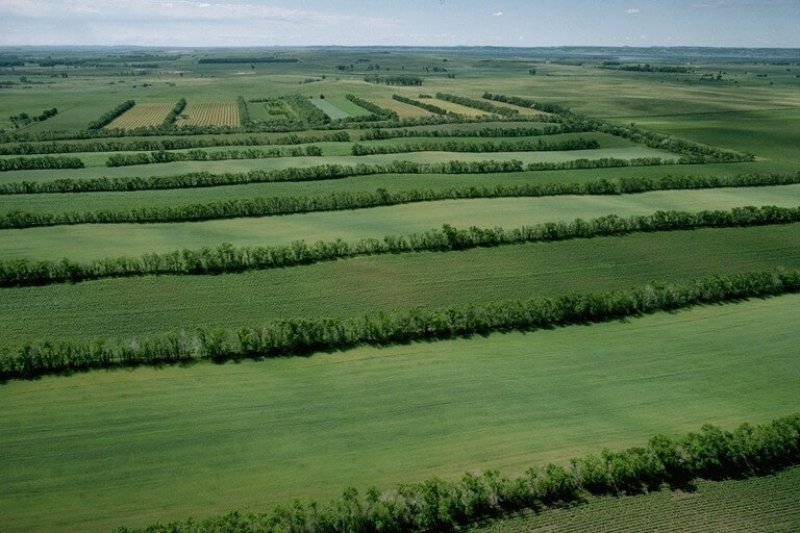…
UNL’s five-year project wants to find out whether windbreaks, planted pollinator habitat, cover crops or a combination of those techniques can help limit pesticide drift.
Most commercial corn and soybean seeds have a pesticide coating that can become airborne and drift onto plants that bees rely on, such flowering trees and shrubs that grow along roadsides or in field corners.
Corn planting coincides with spring blooming, according to Judy Wu-Smart, a UNL assistant professor and extension specialist in pollinator health, drawing bees in at a time when they’re even more likely to get pesticide exposure.
…
Researchers want to make these pollinator-friendly landscape designs appealing enough to farmers that they’ll implement them, according to Gary Bentrup, a research landscape planner at the U.S. Department of Agriculture’s National Agroforestry Center in Lincoln, Nebraska.
…
He’s looking into the role of windbreaks — rows of trees planted along fields that can act as a shield between crops treated with neonicotinoids and pollinator-friendly plants on the other side.
The GLP aggregated and excerpted this article to reflect the diversity of news, opinion and analysis. Read full, original post: Protect Pollinators, Plant Trees? Nebraska Researchers Look To Land For Answers































